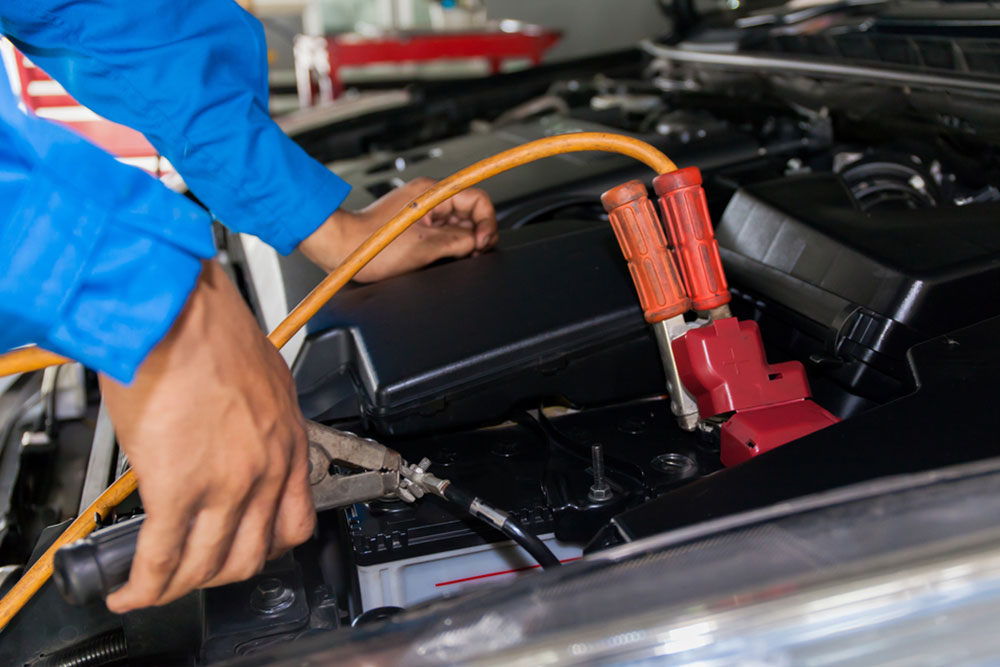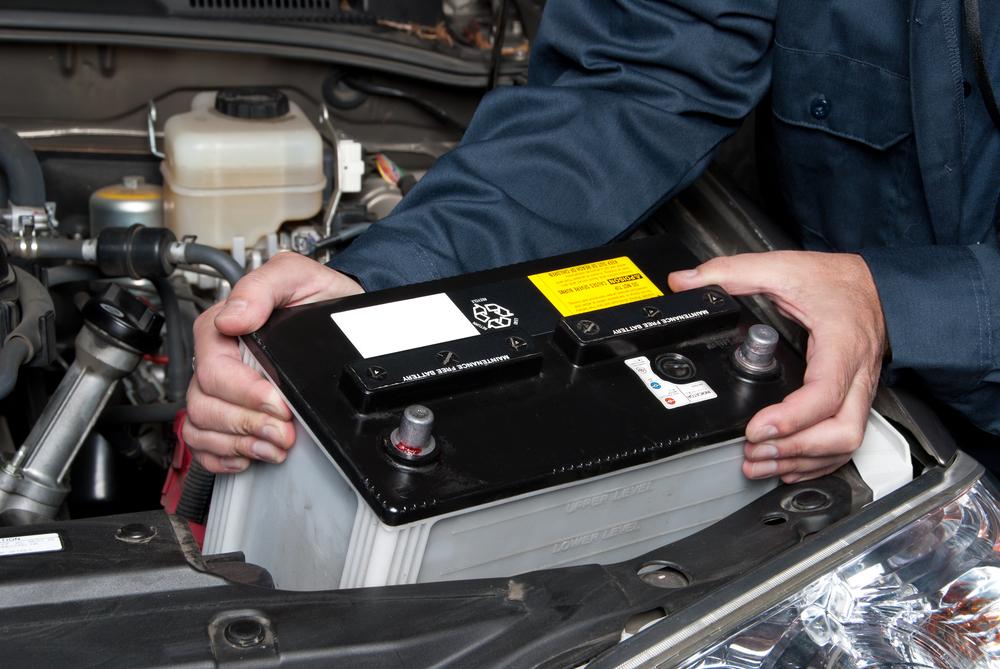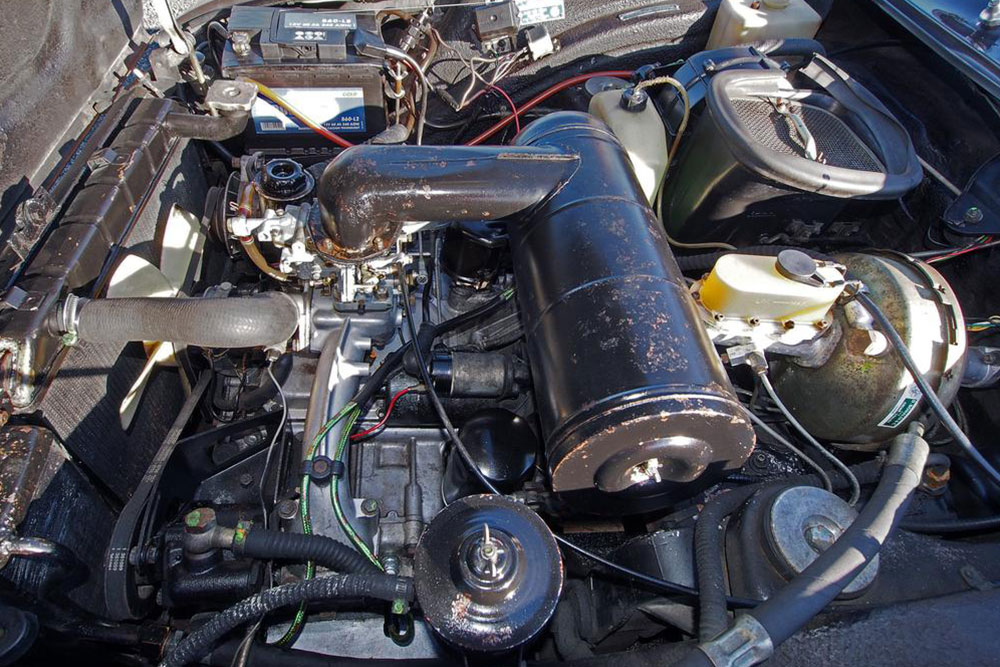Essential Insights Into Vehicle Batteries
Learn key facts about vehicle batteries, including their functions, types, signs of failure, and environmental impact. This guide covers maintenance tips and the significance of recycling to promote eco-friendly practices. Whether you're a car owner or a mechanic, understanding batteries helps ensure vehicle reliability and performance.

Essential Insights Into Vehicle Batteries
A car's operation depends heavily on its battery. Acting as a rechargeable power source, it provides the initial energy needed to start the engine. During driving, the alternator takes over supplying electricity, aided by a voltage regulator. Commonly known as SLI (Starting-Lighting-Ignition) batteries, they are typically lead-acid types designed for easy maintenance and affordability. A drained battery can unexpectedly occur if headlights remain on, impacting functionality.
Vehicle batteries consist of six galvanic cells connected in series, primarily made of lead-antimony plates that are recyclable, reducing environmental harm. Heat accelerates internal corrosion, leading to failure. Modern batteries are compact, categorized by size, type, and placement. While early cars lacked batteries, modern vehicles rely on them for power. In case of a flat battery, jump-starting from another vehicle can solve the issue. Recycling helps conserve resources and lessen pollution by reusing materials.
Heavy-duty vehicles may use multiple batteries to meet higher power demands. Popular brands include Bosch, DieHard, Duralast, and Autocraft. A functioning battery is crucial for powering the motor, lights, and ignition system. Signs of a failing battery include warning lights, slow engine starting, or foul odors. Proper maintenance prolongs battery life and ensures vehicle reliability.
Note:
This blog provides informational content across various topics for readers' benefit. While our research offers valuable insights, it should not be regarded as definitive. We disclaim responsibility for discrepancies or inaccuracies in external sources. Readers should also be aware that current offers or schemes may differ from those mentioned here.










